5 Reasons to Read The First Rule Of Climate Club (yes, even adults)
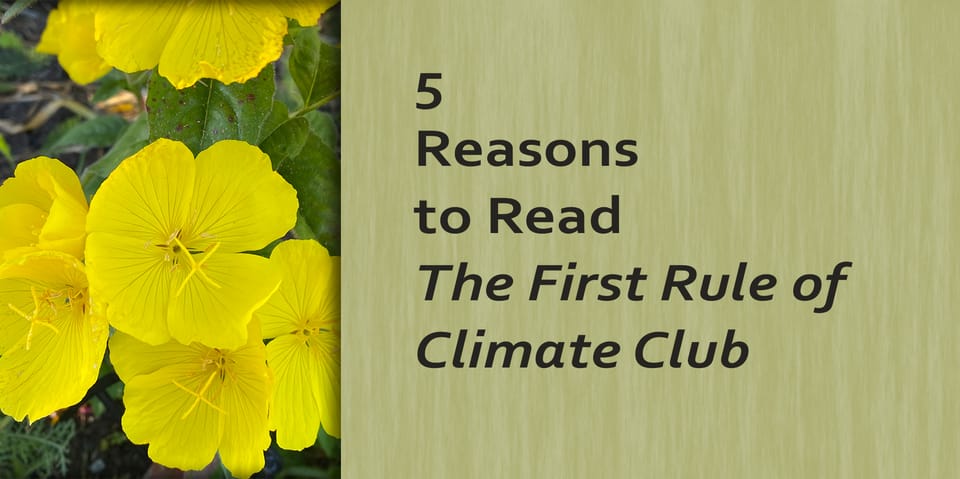
The First Rule of Climate Club by Carrie Firestone is a middle grade novel suitable for ages 10 to 12. Readers this age know about the climate crisis—maybe worry about it—but are not ready for more edgy content that adult or even young adult content might contain. So, yes, it’s a kid’s book, but here are five reasons even adults might want to read it:
1) It lets you escape to a simpler mindset.
2) Wide-ranging climate issues are woven together seamlessly.
3) It brings local, attainable climate actions into focus.
4) It leaves you with a rosy glow and the tiny spark of hope.
5) It’s a fun, quick read.
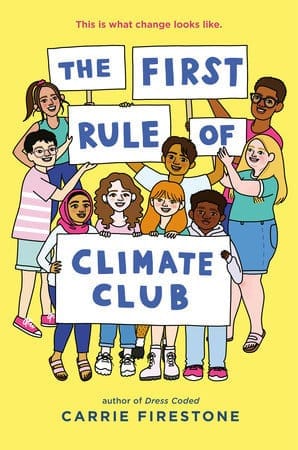
Reason One: Escaping to a simpler mindset
A child’s perspective on life is much simpler than adults, and I find reading a children’s book is a great escape from the complex worldview that comes with age and experience. When you are weighed down by insurmountable obstacles, especially when trying to fix our climate, diving into a book like this can be a mental health break.
Reason Two: Weaving together the issues
There are so many complicated issues to be tackled in the climate fight that collective action can become fragmented. This book's plot weaves together several climate problems—food waste, fast fashion, electric transportation, reducing meat consumption, climate health threats, political activism, and the important issue of racism and climate justice. It's wonderful to get a broad take on the climate problem in one book. This story shows how the integration of many issues into a climate campaign can enhance success by making it more inclusive of everyone’s concerns.
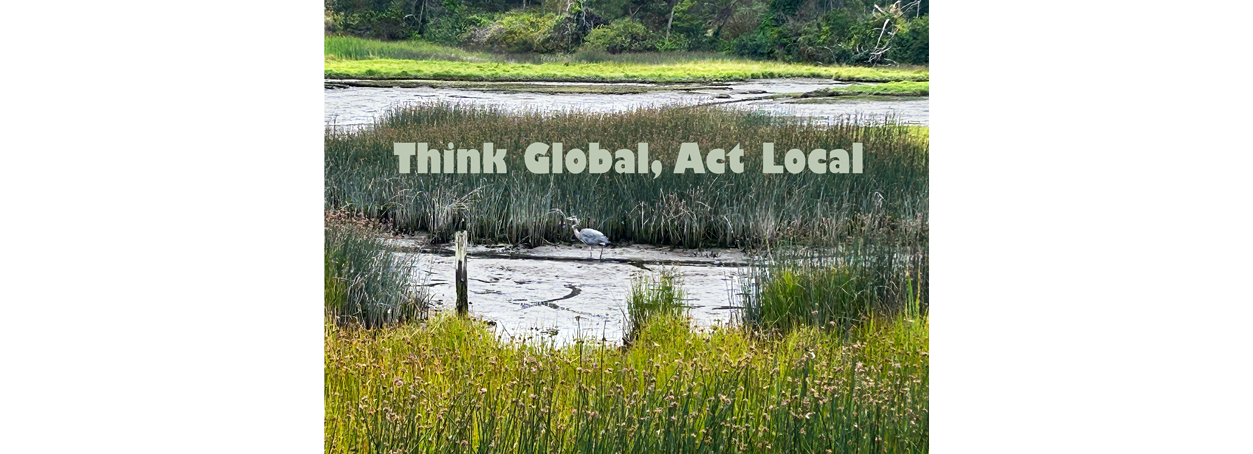
Reason Three: Local, attainable actions
There is an old environmental catchphrase from the seventies—think global, act local. This book exemplifies the wisdom of local action. Because the major characters are children, they can only reach for community-based goals. They don’t have the money or network to work nationally. Instead, they talk to their neighbors, and this can often be the best way to make change. Word of mouth is one of the most powerful marketing tools available, and it’s free. It just takes time, which children have in abundance.
Reason Four: Rosy glows and sparks of hope
With the wave of climate anxiety hitting people of all ages, we need stories that give us hope. Bleak thoughts may arise for anyone in the climate struggle, so it's not helpful that gloom and doom prevails in climate stories. Often the story is post-apocalypse when humanity has failed to act, but stories like The First Rule of Climate Club give your imagination a dose of hope, which is the best medicine. This is a book that leaves you basking in the glow of success because those attainable goals the students choose are accomplished.
Reason Five: Just plain fun
This story is set present-day, and though there is conflict and tension, the characters exude the joyful energy of youth. It’s contagious, so join in their fun. It won’t take you long to read.

Now that I’ve convinced you to pick up the book, here’s my synopsis:
Mary Kate lands a coveted spot in the new eighth-grade climate class, but her best friend Lucy can’t join her. Lucy is sick—very, very sick. The doctors don’t know what is wrong with her. As Mary Kate worries that her friend might die, she puzzles over what issue to choose for her climate project until the whole class joins forces to try to win a town-sponsored grant for a community-based endeavor. Their plans go awry when the mayor creates a rule to unfairly reject their proposal. Is it because it’s election season and a teacher at their school is running against him? Or is he just a racist? In the end, the students inspire the adults in this political battle as they find ingenious ways to spread the message about climate change.
In short, it’s a delightful book that emboldens you and gives you creative ideas for how to get involved. Even if you'd never dare read a children’s book, make sure you recommend The First Rule of Climate Club to any young reader you know. Maybe you can even start a great climate project together—climate club for two, anyone? And in any climate club, the questions and the answers are your own.

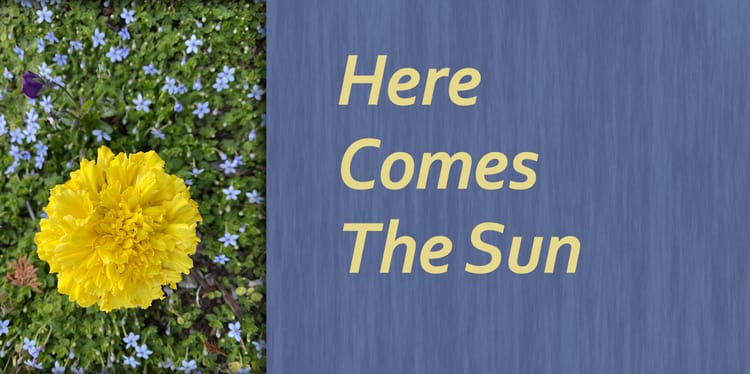
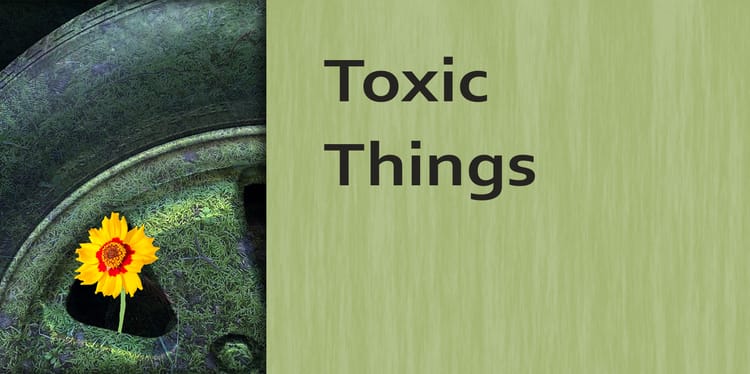
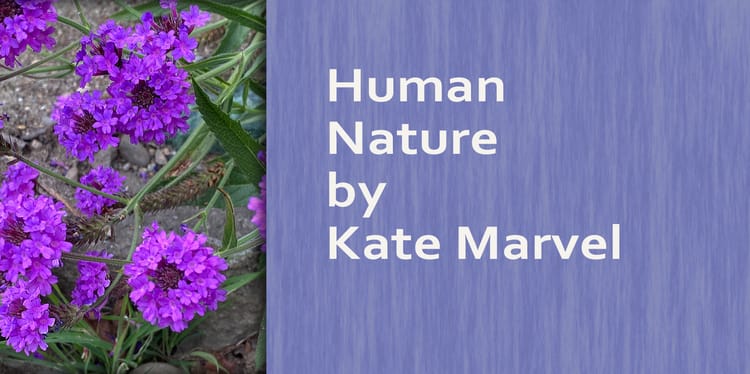
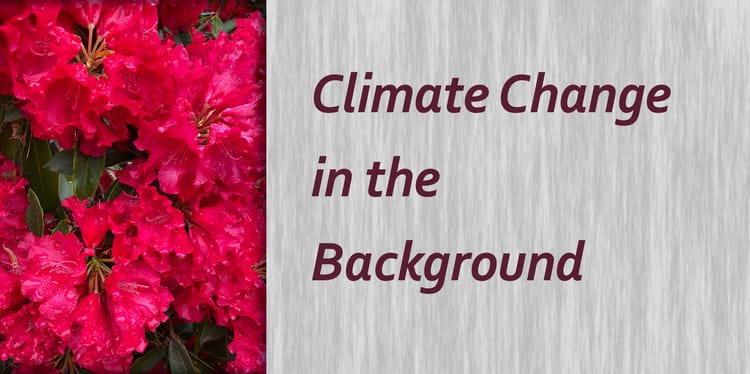
Member discussion